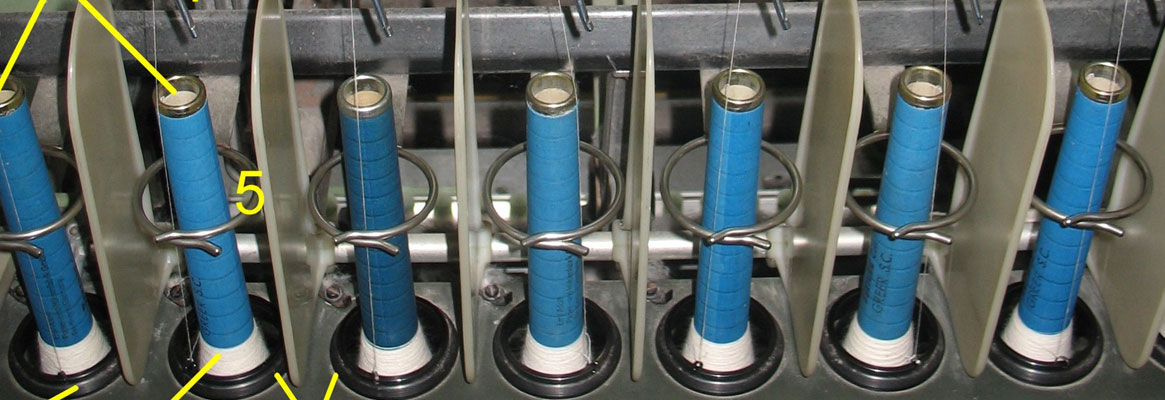Spinning Tension at Ring Frame – Measurement and Control
Introduction
The spinning tension in the yarn is the tension that finally penetrates almost to the spinning triangle and which is responsible for the greater part of end breaks in practice. For a given count of yarn, the tension is strongly dependent on the traveler speed and the balloon height.

The spinning tension in the yarn is desirable up to certain limit to accomplish the following objectives
a. To ensure the formation of well packed yarn structure by causing the fibers to be twisted in a straightened configuration.
b. To ensure the formation of stable balloon envelops sufficiently large to hold the package within it and
c. To ensure the production of a firm package by providing necessary tension during winding.
The end breakage rate rises steeply with increasing spinning tension and its variation. In this respect, the peak value of spinning tension is more important than the average value and for a better performance of ring frame, the peak value of spinning tension should be lower. Because when the peak tension exceeds the strength of weak places in the yarn, it leads to end break. In addition, a very high spinning tension results the deterioration of yarn quality parameters, such as elongation-at-break, unevenness and imperfections. Hence is becomes necessary to measure and control spinning tension at optimum level through out the cop build.
This article was originally presented in ATNT 2007 held on 18-20, June 2007 at Kumaraguru College of Technology, Coimbatore, India. S. Subramanian is associated with Department of Textile Technology, Anna University, Chennai.






